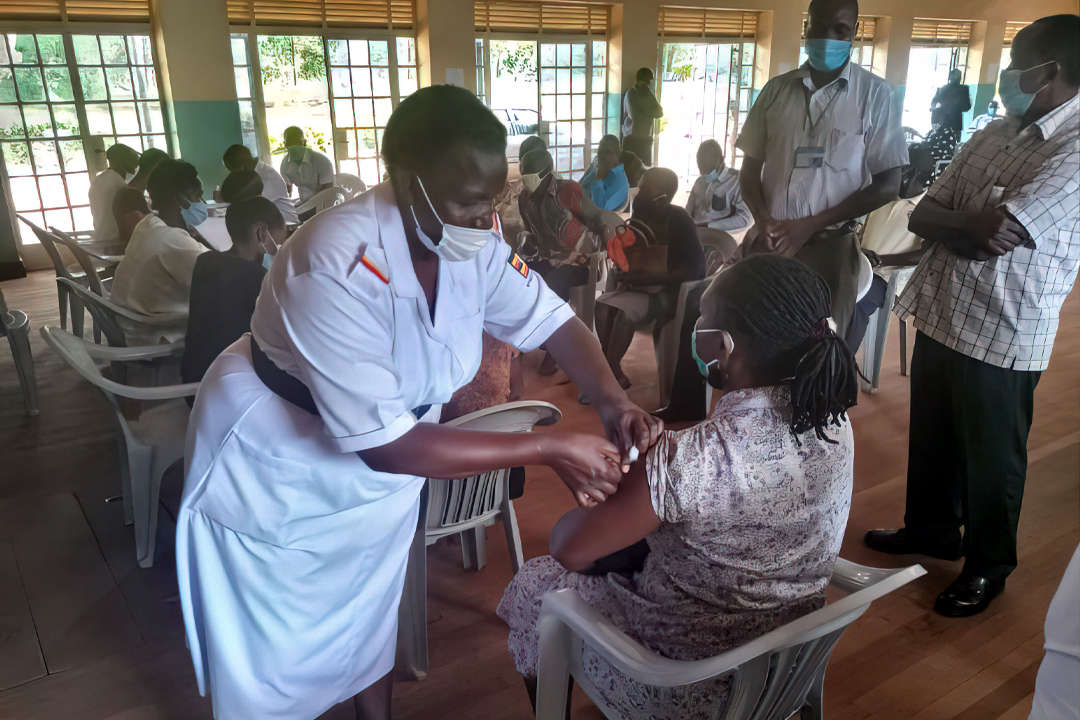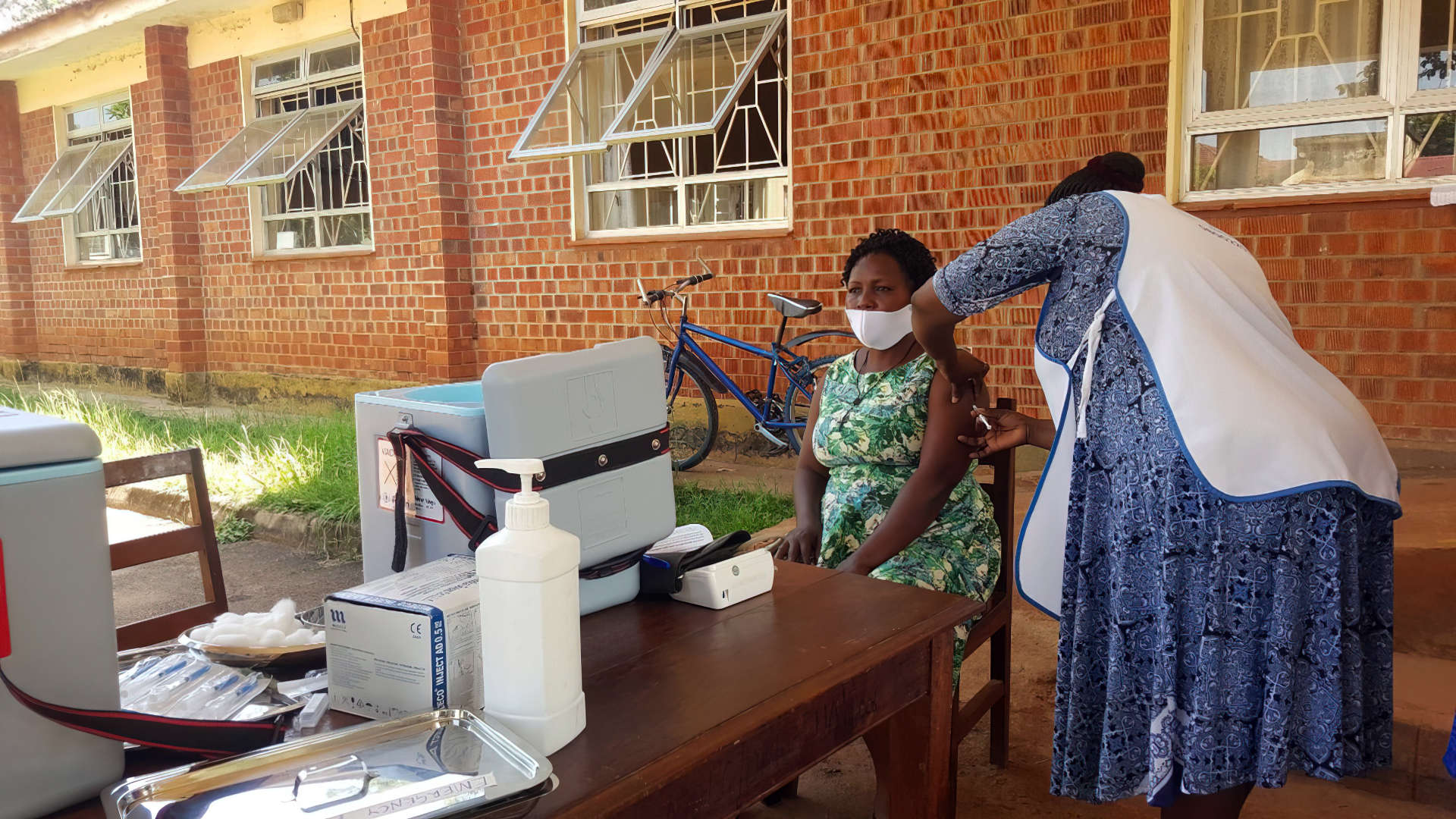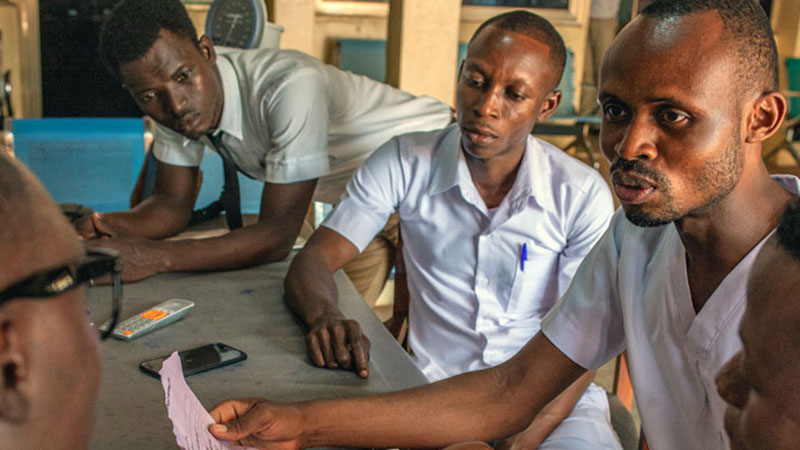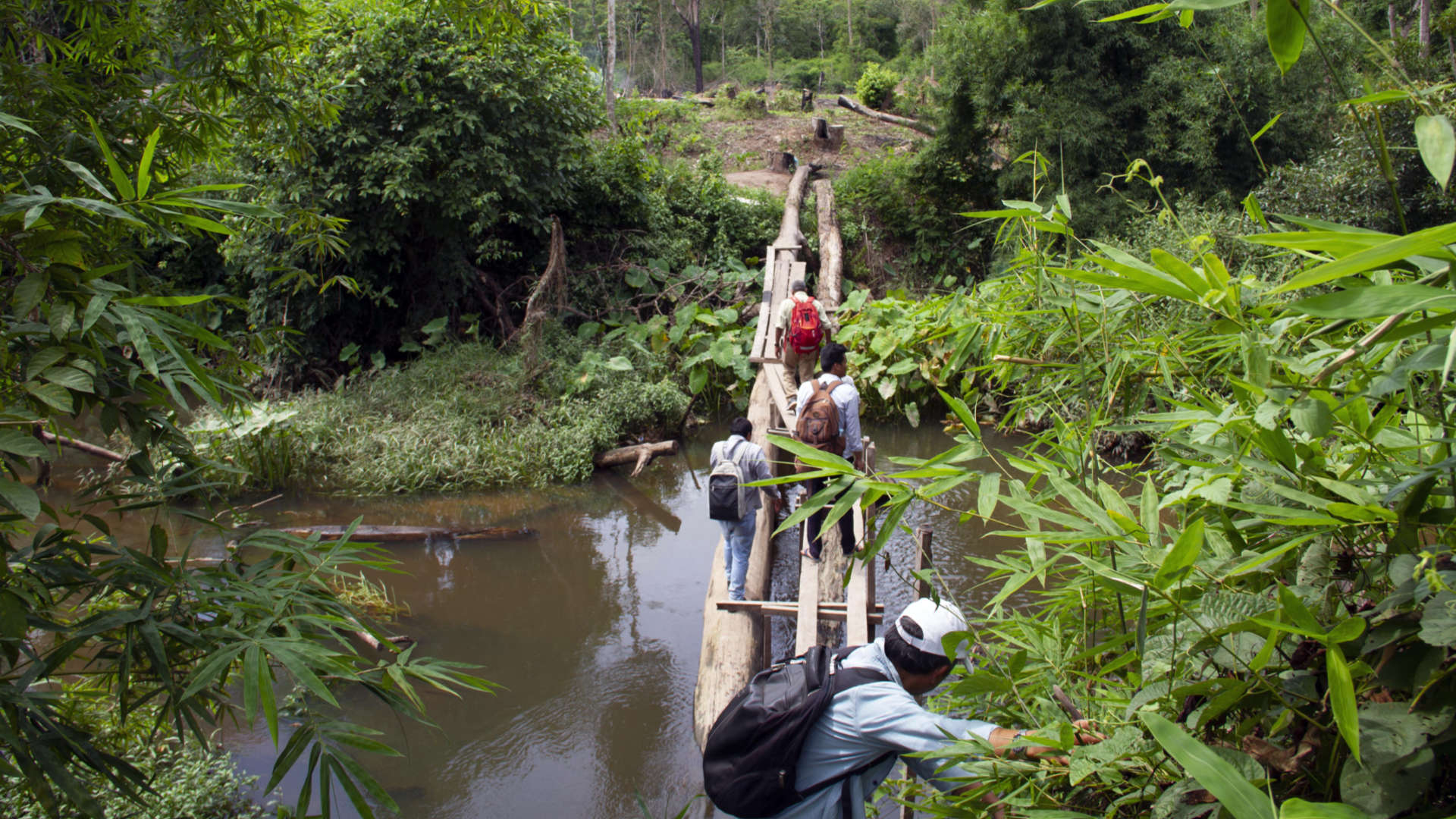While the U.S. and other industrialized nations now have COVID-19 vaccine surpluses, many lower- and middle-income nations will not have access to these vaccines until well into 2022.
And even when the vaccines are produced and arrive in country, many of these nations face significant logistical, legal, and cultural challenges to ensuring their residents are vaccinated against COVID-19.
These are two of the key points of a COVID-19 vaccine distribution handbook published by the Center for Strategic and International Studies (CSIS) – a bipartisan, nonprofit policy research organization. The handbook – created by CSIS through a series of conversations involving URC and representatives from the private sector, universities, donors, and implementing partners – was created to inform U.S. policy and actions on global COVID-19 vaccine deployment.
“This important conversation would not have happened without URC,” said Dennis Carroll, URC Senior Advisor for Global Health Security, who was URC’s lead participant in the creation of the handbook.
Six Recommendations for Effective Vaccine Deployment
Carroll said the handbook was created to offer collective expertise on vaccine deployment that a very busy U.S. federal government might not otherwise have access to.
The playbook offers six main recommendations and several sub-recommendations – all equally important – for ensuring timely and reliable global distribution of COVID-19 vaccines. These include strengthening supply chains and public-private partnerships and revising outdated policies that could slow or prevent vaccine distribution – such as those relating to trade, taxation, and customs. Also important is engaging with grassroots, on-the-ground organizations to combat vaccine hesitancy and ensure extensive community outreach and education.
Summit Yields Doubling of U.S. Vaccine Pledges
The U.S. announced at a Sept. 22 COVID-19 summit at the United Nations that it will provide 1 billion vaccine does – double its previous pledge of 500 million – which would make it the leading donor of COVID vaccines globally. Other nations also are stepping up: China has committed to provide 100 million doses, Japan 60 million, Italy 45 million, and France 10 million, among others. However, many more doses will be needed to ensure that 70% of the world’s population is vaccinated, Carroll said.
“These pledges are welcomed, but the key questions will be when will they reach the people in need and how do we use the time in-between to ensure the capacities are in place for their timely use. The playbook specifically outlines the actions that need to be taken now, in advance of the arrival of the vaccines, to make sure their delivery will be timely and effective” Carroll said.
The U.S. and other major donor countries should work through the G7 and G20 intergovernmental forums to ensure that vaccines reach the maximum number of people as soon as possible. At the same time, recipient countries should continue to use infection prevention and control practices to limit the spread of COVID-19 until the vast majority of a country can be vaccinated.
“Countries around the world will deal with many of the same challenges faced in the U.S.: having adequate infrastructure for transport and storage, training health workers, overcoming public mistrust and resistance, and a proliferation of misinformation,” Carroll said. “These are issues that should be addressed before vaccines arrive.”



